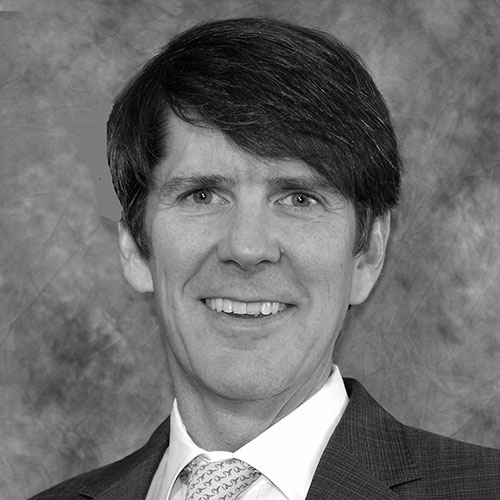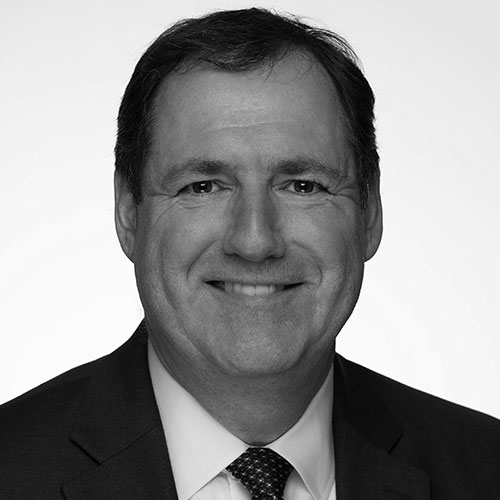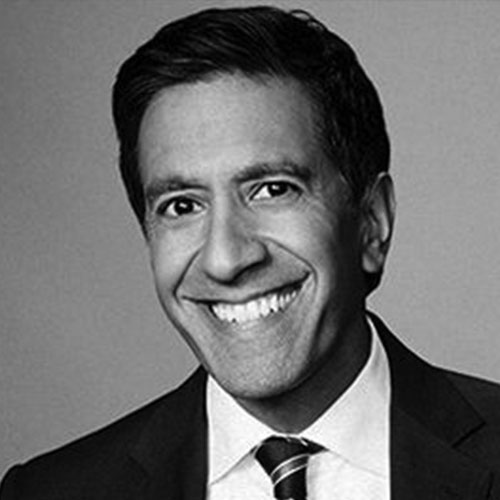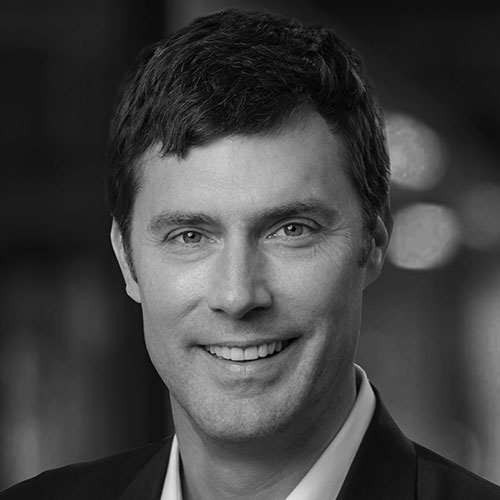Four healthcare professionals weigh in on the challenges facing modern healthcare and the potential of new technologies.

Robert A. Frist, Jr.
CEO, HealthStream

Tom Skelton
CEO, Surescripts

Dr. Sanjay Gupta, M.D.
Chief Medical Correspondent, CNN

David Sides
President and CEO, NextGen Healthcare
What are the top challenges facing healthcare professionals today?
Robert Frist: Healthcare organizations are faced with unprecedented clinician burnout, workforce turnover, and early staff retirement — which all accelerate the pressures facing healthcare professionals in their ongoing delivery of patient care. In the last two years, the COVID-19 pandemic has exacerbated these challenges that were well in the making years earlier. According to the most recent data from the U.S. Bureau of Labor Statistics, job openings in healthcare are the highest in any industry, while healthcare unemployment rates are now the second lowest in any sector. Overcoming these challenges requires innovative ways of attracting, retaining, and engaging healthcare professionals — and I believe new technologies can expedite these processes.
Tom Skelton: Clinician burnout due to increasing patient volume, growing administrative burdens and challenges to getting timely, accurate patient information have weighed down the industry for years — and COVID-19 has only exacerbated these problems. Ad hoc communications like faxes and phone calls must be replaced with simpler, trusted intelligence sharing. When health providers have access to information they can trust, when and where they need it, it not only improves workflow and operational efficiency, but helps providers deliver safer, more affordable, and better-quality care.
Technology is moving into the healthcare industry in many ways. What are the benefits to this trend?
Sanjay Gupta: In the world of telehealth, the doctor will always make a house call. That is, by mobile device or other technological means. Surely this is a way to improve the global health of the world. In developing countries with very little or no access to high quality medical care, but often access to a mobile device, it has the potential to change the health outcomes for people everywhere. For developed countries, EMRs (electronic medical records) need to become standard operating procedure. Many problems with regards to safety can be traced to poor communication between internal hospital departments. These efficiencies can help patients become their own healthcare managers.
What types of technologies and resources should healthcare professionals be prioritizing today?
RF: Technologies that improve the competencies of the healthcare professionals who deliver patient care should be prioritized, as patient care is fundamentally dependent on the competencies of the people who deliver care. New technologies are making it possible to more effectively assess the competencies of healthcare professionals through their actual performance, clinical decision-making, and critical thinking skills. In turn, targeted, personalized learning to remediate healthcare professionals’ individual competency gaps can be more easily provided.
David Sides: The tide is clearly turning toward value-based care. Going forward, we have to bend the curve of escalating healthcare costs. New tools will enable this transformation to the benefit of providers and patients.
Are there any downsides to this growth in healthcare technology?
SG: Limited coverage for telehealth services is an obstacle for widespread adoption. As more technology is being introduced, it is not uncommon for software to have its kinks. We need to be certain that developers understand that in medicine we are in the zero-mistake business, and to make sure that it doesn’t hurt anyone. This raises accuracy and regulation of health apps.
Developers need to decide if they are creating a medical device or a wellness app. The FDA plays a role in the 510 (k) registration process, assessing the product on its safety and effectiveness. Additionally, hospitals are under intense financial pressures. When telemedicine comes along, it could save a patient from heading to an ER where expensive and sometimes unnecessary tests would be provided.
What are some best practices for physicians, healthcare executives, and CMIOs looking to improve the quality, equity, and affordability of care during these unprecedented times?
TS: It’s well known that socioeconomic factors such as education, income, and occupation impact our health. For example, we know that the cost of prescriptions can make the difference between a patient having access to treatment or not. Technology is available to providers today to help lower patients’ out-of-pocket costs and prevent “sticker shock” at the pharmacy, which negatively impacts medication adherence and patient safety. Other solutions can help better manage high-risk groups by providing care teams with the data they need to spot gaps in care, identify legitimate outreach opportunities, and improve patient outcomes.
What will healthcare look like in the next five years?
RF: On the clinical front, deploying advanced practice providers in healthcare delivery is a growing practice that is expanding access to care, increasing the value of healthcare spending, and helping to alleviate some of the workforce shortages. From a macro perspective, new technologies that are used in predictive modeling for capacity and staffing needs can also be used to address staffing issues. This may involve the more accurate forecasting of patient volume trends and/or the ability of healthcare organizations to optimize the scheduling of their staff. New technologies are beginning to emerge in scheduling solutions that intelligently match healthcare professionals’ competencies with specific patient needs.
DS: The future of healthcare is achieving the best results for patients in a way that’s efficient, connected, and affordable. We know that technology will provide deeper insights, allowing predictive care to become more prevalent. More connectivity between providers and patients, and also among providers, will be the norm. Consumers will be more engaged in their care and more discerning about how they spend their care dollars.

